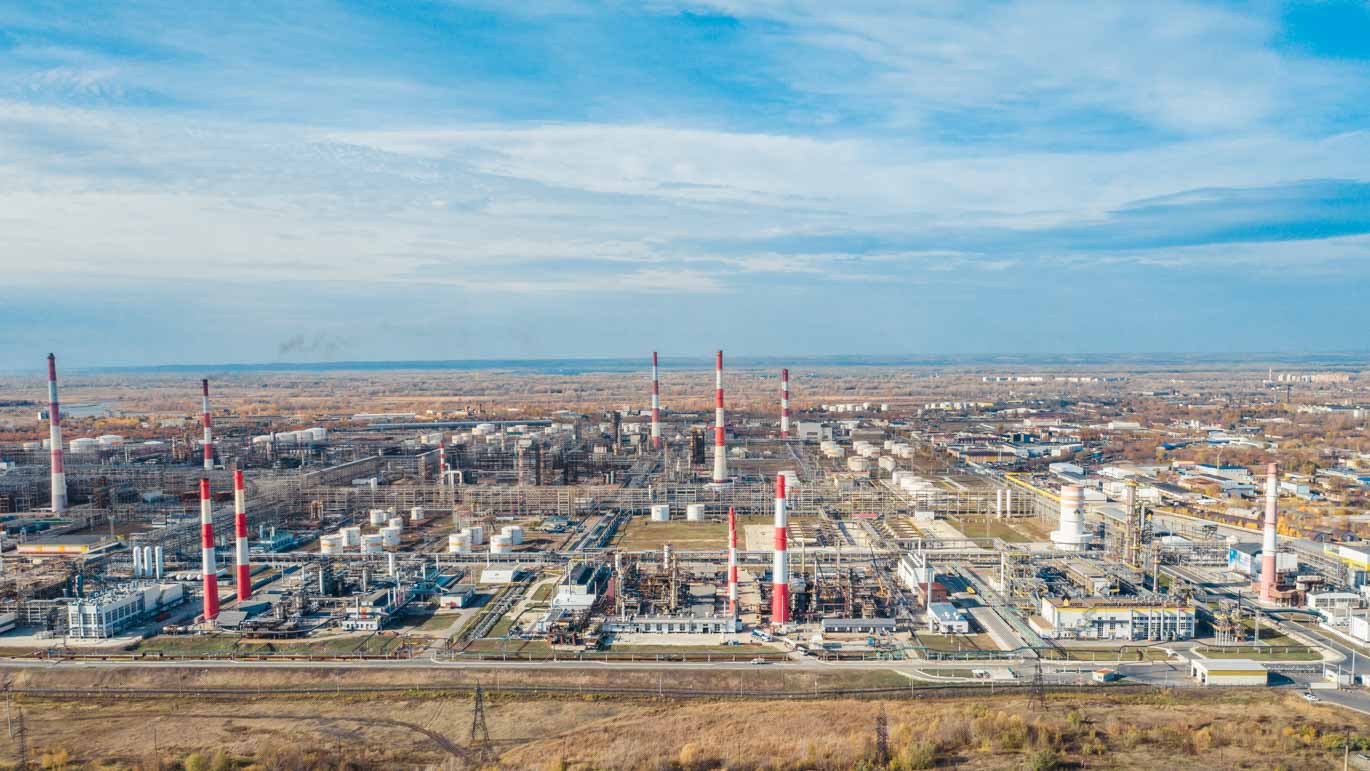Advanced Work Packaging and Predictability Thinking™ are quickly emerging as best practices in capital project management. Here’s why
For nearly a decade now, forward-thinking capital project leaders have applied Advanced Work Packaging (AWP) techniques and strategies in an effort to transform antiquated and deeply entrenched models of capital project planning and execution. This groundbreaking new system has delivered remarkable benefits to the companies that embrace it and, as a result, AWP has secured a place as an industry best practice — but the transformation is not yet complete.
More recently, Predictability Thinking™ has emerged as a critical precursor to successful Advanced Work Packaging initiatives. If AWP is a set of tools and tactics, Predictability Thinking™ is an operational paradigm that underpins it: a principle-driven approach to thinking about capital project execution that goes beyond tools and tactics to deliver comprehensive, transformational change.
For those new to the concepts and practices, however, AWP can seem complex and overwhelming, and it can be hard to see the forest for the trees. What is the case for Advanced Work Packaging? This article seeks to answer that question.
First, a brief history. Advanced Work Packaging traces its roots back to the Alberta Oilsands, in northern Alberta, Canada. In 2010, the Construction Owners Association of Alberta partnered with the Construction Industry Institute to study and strengthen early concepts. A team of researchers based at the University of Texas at Austin worked together to document best practices and recommendations — I was a key member of that team.
We presented our first reports in 2013 at the Annual CII conference, and shortly after that, I went on to found the Advanced Work Packaging Institute, a non-profit organization dedicated to raising awareness about AWP and reaching out to the industry professionals to further develop the concept. When I first started publishing about Advanced Work Packaging, the only other packaging-related articles online were for literal product paper packaging solutions! — now, the online conversation on AWP is flourishing. A few years after founding the AWP Institute, I co-founded Concord® Project Technologies, a services company driving the implementation of an groundbreaking, proven AWP execution model rooted in Predictability Thinking™.
Back in 2012, our question was a simple one: What more can we do to improve construction efficiency? We discovered that problems in the field can almost always be traced back to the earliest phases of project planning and development. There are myriad ways in which early decisions impact field productivity, but the most critical problems arise when a construction plan fails to accurately capture the real-life complexities of construction. Designing a construction plan without accounting for constraints is like planning to climb Everest without accounting for the cold — failure is inevitable. And yet, we do it all the time.
Designing a construction plan without accounting for constraints is like planning to climb Everest without accounting for the cold - failure is inevitable.
Olfa Hamdi Tweet
The best solution to this problem is to start packaging work well in advance of construction, and that is how Advanced Work Packaging got its name. A construction-driven strategy can improve our two most important metrics: supervision time and field productivity, or time-on-tools.
Here’s how.
1 | Improved Field Safety And Productivity
Enhanced safety and increased productivity are a direct consequence of AWP implementation.
Packaging work early in the project lifecycle and delivering fully resourced Installation Work Packages to construction teams has two powerful benefits. First, crews spend more time on their tools, and random, unplanned work is all but eliminated. Second, supervisors spend more time in the field (and less time on paperwork). Organized and predictable work is safer and far more productive, saving time, money, and lives. Both Owners and contractors benefit.
2 | Predictable Project Outcomes
The truth is that capital projects remain woefully unpredictable and that as an industry, we seem to have accepted this as a natural consequence of engaging in complex project work. It doesn’t have to be that way. Applying Predictability Thinking™ and packaging work well in advance of construction helps project teams — especially engineering — identify potential problems months and even years before they manifest in the field as delays or cost overruns. Once identified, engineering issues can be discussed and proactively addressed, forestalling problems that would otherwise impact project outcomes. Predictable engineering leads to predictable construction. From equipment and permits to labor and leadership, early identification and resolution of problems are critical to predictable project delivery.
3 | Fewer Change Orders
Change orders are expensive. Whether it’s a scope change or a design change, the impact of a change order invariably goes well beyond the order itself. Project teams who have their work packaged in advance of the funds’ authorization gate make fewer changes, saving their organizations hundreds of thousands of dollars on every project — sometimes far more. Advanced Work Packaging requires project leaders to engage in construction-driven planning early in the project lifecycle, to identify objectives, risks, constraints, and trade-offs, and to focus on developing a construction-driven execution strategy. By the time the project reaches Stage Gate 3, the team had identified and addressed its blind spots and resolved many of the issues that might have otherwise become expensive change orders.
4 | More Business
Most Owners now understand that packaging work in advance makes projects more predictable and profitable, and creates more sustainable contractor relationships. As a result, they are building Advanced Work Packaging into their contractual language, and contractor companies who are prepared to meet those contract obligations are more likely to win those bids. AWP and Predictability Thinking™ combined are so potent that we expect them to become a non-negotiable element of most capital construction project contracts by 2025. Start now, and you’ll give your firm a competitive advantage.
5 | Improved Human Resource Management
Today, there is no clear career path for capital project leaders. By adopting Advanced Work Packaging as a standard in your organization, you are showing your team what predictable project stewardship looks like and outlining for them the skills and attributes they need to develop to achieve excellence. When you identify a junior associate with the potential to become a project leader, make them your AWP Champion, get them a mentor, and identify AWP training opportunities that will position them for success.
6 | Stronger Bottom Line
Advanced Work Packaging saves money and improves the bottom line on capital construction projects. In many cases, the financial cost of implementing AWP will be earned back if just one major change is averted in the course of construction. More time on tools, on-time project delivery, more winning bids — these and more contribute to a bigger bottom line for companies that embrace AWP.
Advanced Work Packaging is good for business. If you’re ready to get started, we’re standing by to help with a maturity assessment, training, coaching or consulting. Contact us today.
AWP is a set of tools and tactics. Predictability Thinking™ is an operational paradigm that underpins AWP: A principle-driven approach to thinking about capital project execution that goes beyond tools and tactics to deliver comprehensive, transformational change.
Olfa Hamdi Tweet





